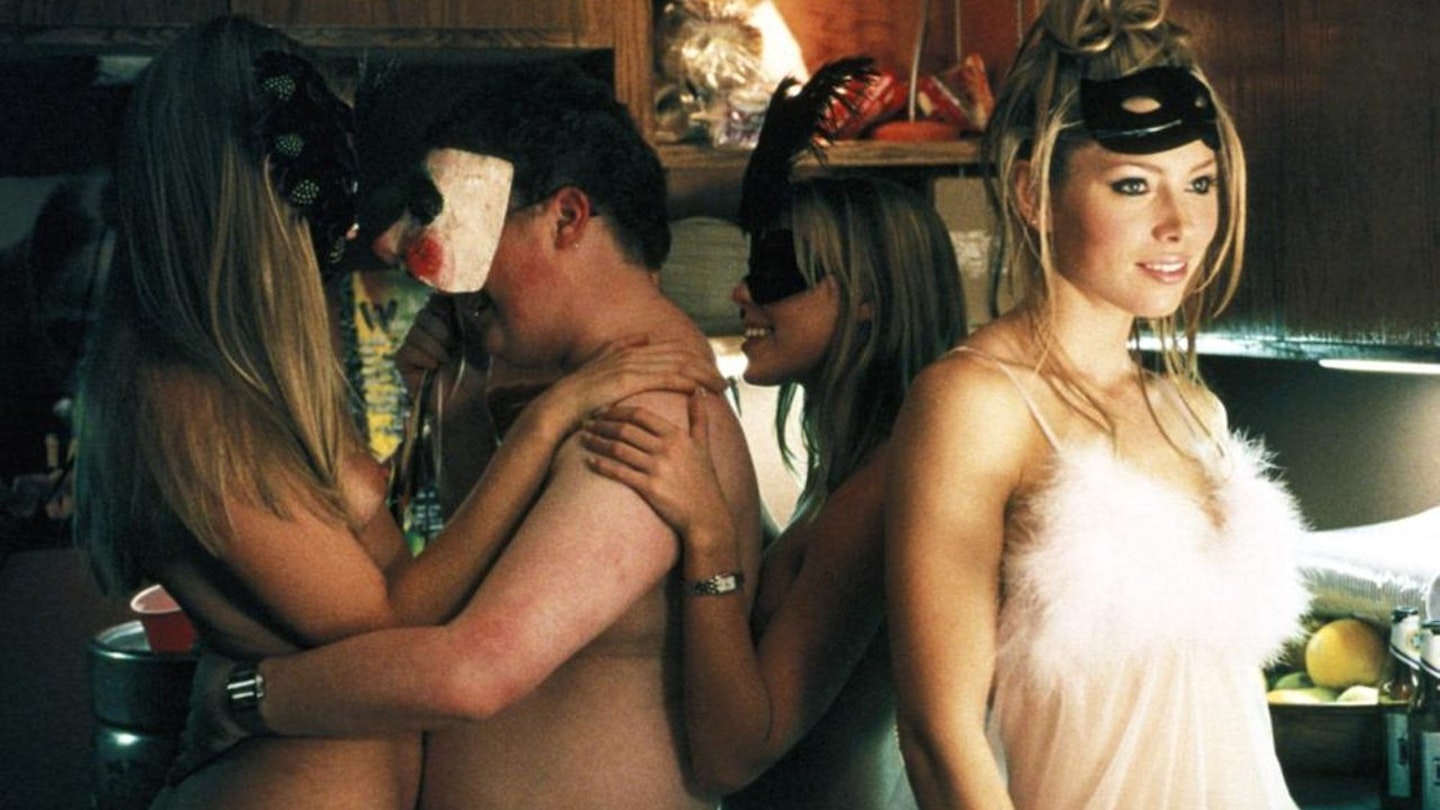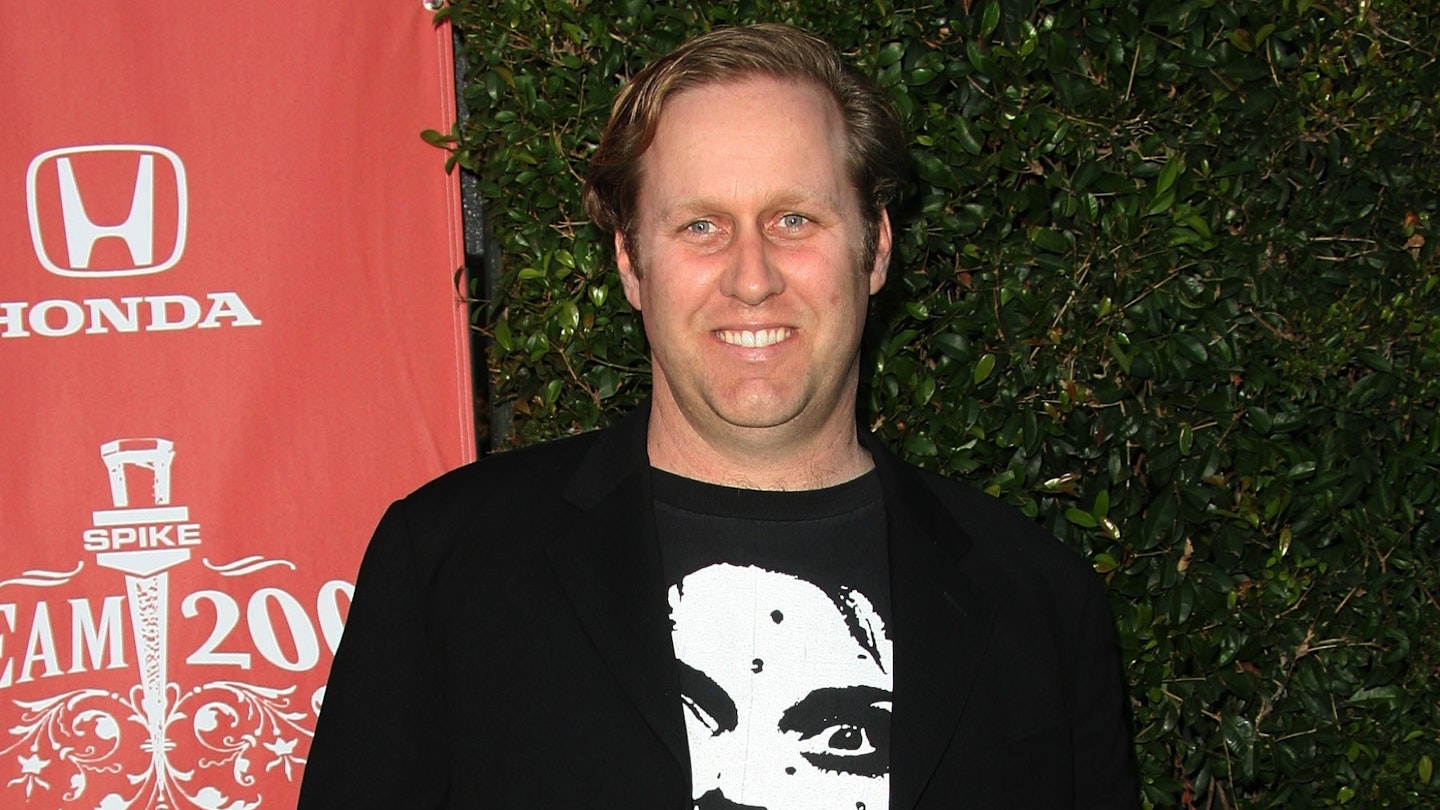The prettier they are on the outside, the uglier they are on the inside. That's General Rule Of Thumb # 1 in the acerbic vision of Bret Easton Ellis.His depictions of spoilt rich kids filling the empty hours of their empty days with empty pursuits defined an American generation in seminal '80s novels Less Than Zero and The Rules Of Attraction.
It was a natural progression for these emotionally vacuous, callous, surface-obsessed characters to evolve into Patrick Bateman and his designer-label fantasy life in American Psycho. Here was Ellis' definitive statement on how boredom and self-loathing turned the world into a malicious, egocentric playground for the privileged.
Inner ugliness must be hereditary in the Bateman family, as Patrick's brother Sean is the main character in The Rules Of Attraction. The campus drug dealer at a New England arts college, Sean hasn't yet developed his sibling's talent for dismemberment and mutilation, but he's the master when it comes to laying waste to the emotions of the girls he sleeps with.
It's just as well that they're usually too stoned to notice or care. Daddy's favourites - both male and female - are gorgeous to behold, but they're already displaying a repulsive vicious streak that will no doubt take them far when they enter into their ready-made jobs in big business or go off to squander their trust funds.
Ellis' books have translated fairly well to the big screen. Perhaps the Brat Pack (Robert Downey Jr. aside) were a little lightweight for Marek Kanievska's Less Than Zero, but Christian Bale and director Mary Harron perfectly captured the writer's spirit in their version of American Psycho. Here, however, Roger Avary tops them all, with a movie that's as stylistically bold as its content is unflinchingly honest.
If Avary's script input into Pulp Fiction was swept aside by Tarantino fever (as was his so-so directorial debut, Killing Zoe), then The Rules Of Attraction should at last give him the credit he deserves.
As he rewinds chunks of the action back to cross the story over to another character, he uses cinematic tricks that give the film a cooler-than-thou energy, but also underline the consequences of the characters' selfish behaviour.
These kids literally have no forward momentum, other than the fact that they're headed on a multiple collision course. The rewinds, split-screen sequence and speeded-up video diary of Victor's trip to Europe (a set-piece as remarkable as any in Pulp Fiction) make for an extremely self-conscious film language, but no more so than Ellis' prose.
Both author and director relish a style that, like their characters, struts around like a peacock proudly drawing attention to itself. As Sean, James Van Der Beek ruthlessly undermines his Dawson Creek image - almost the first time we see him he's in extreme close-up, his angry, red face straining during sex.
Perhaps Sossamon and Somerhalder's characters elicit more sympathy than most Ellis creations, but they are far from innocent. Avary is not trying to paper over harsh truths: an edgy mood of coked-up tension ripples through his campus parties, which aren't fun events but stalking grounds for couples on the lookout for loveless sex. Maybe early on, the director encourages us to laugh at the characters' pretensions. But when real pain enters into the fray, it hits the audience like a kick in the teeth.

